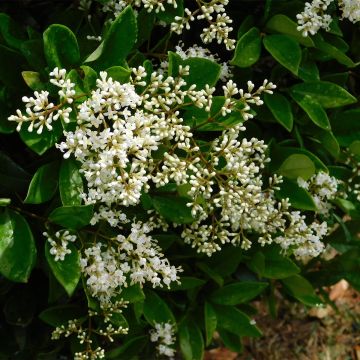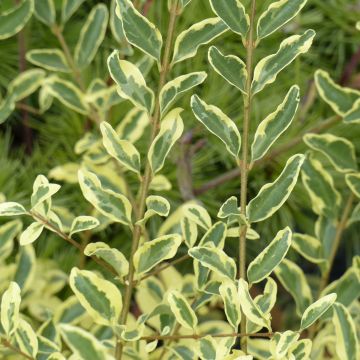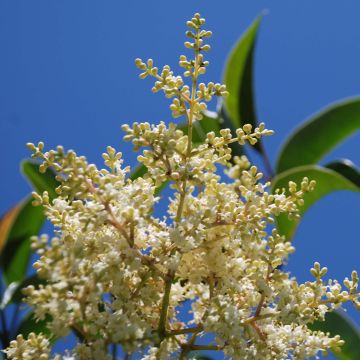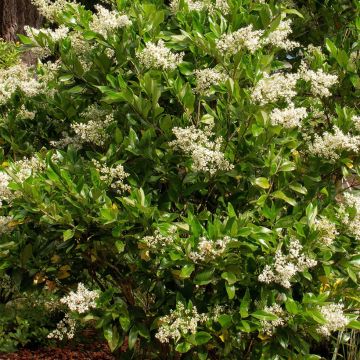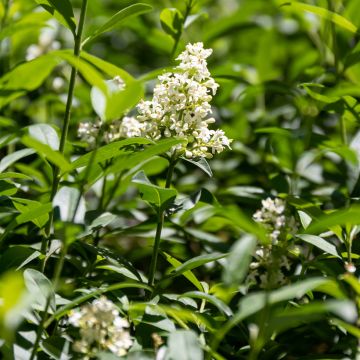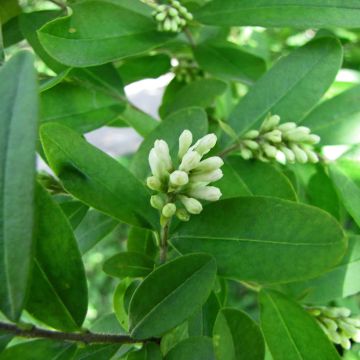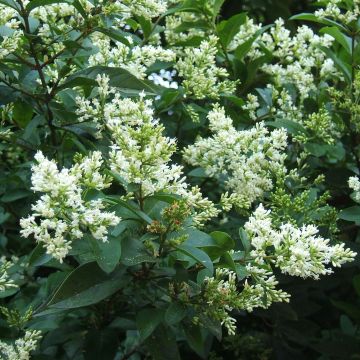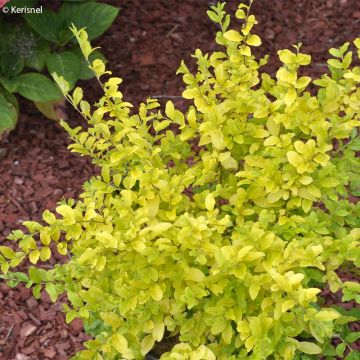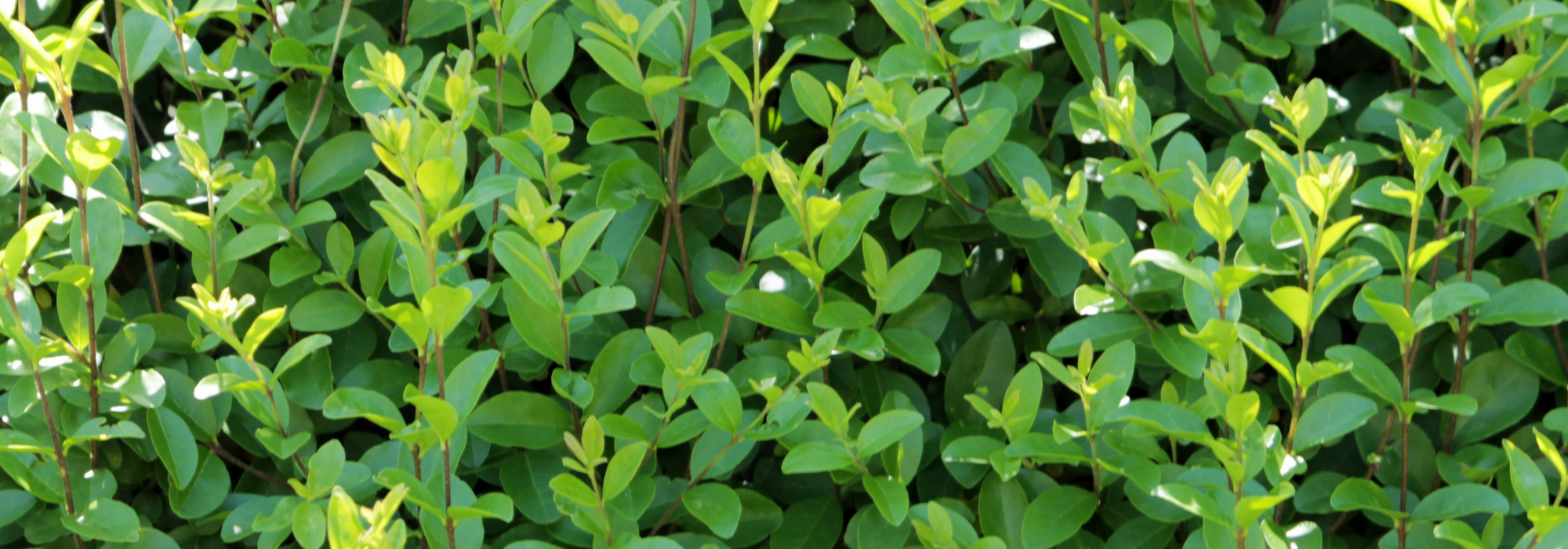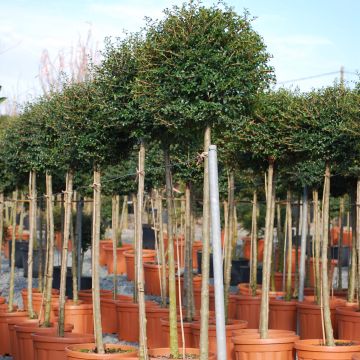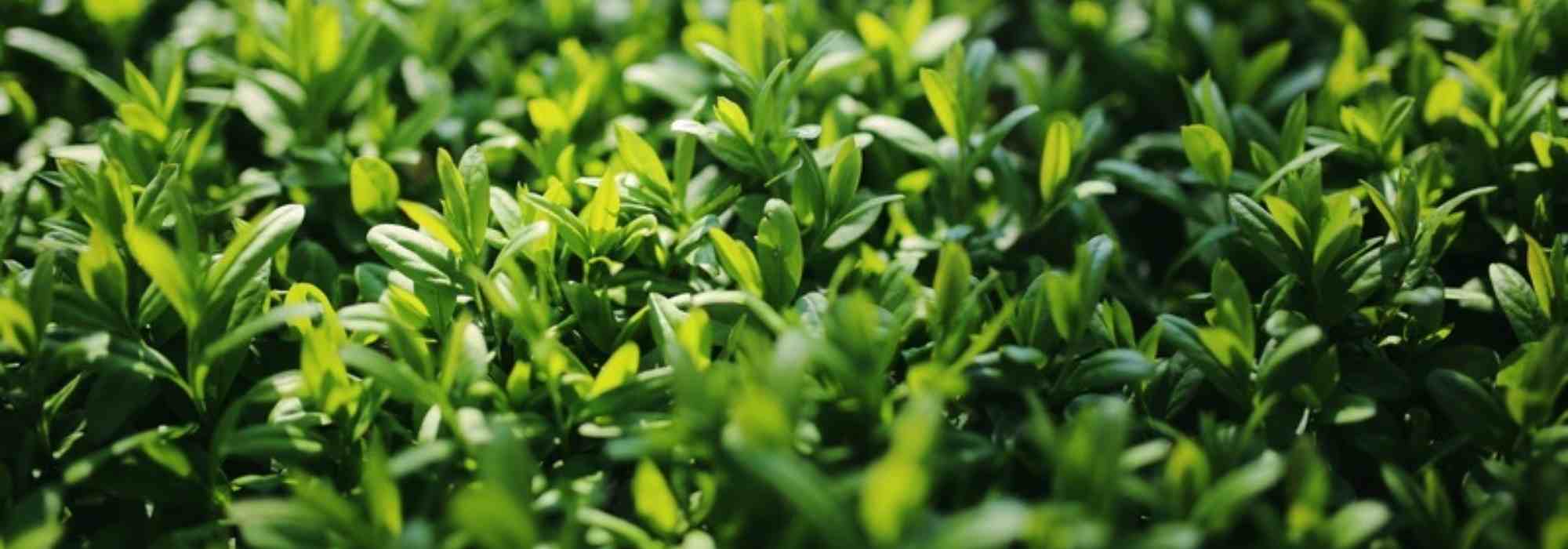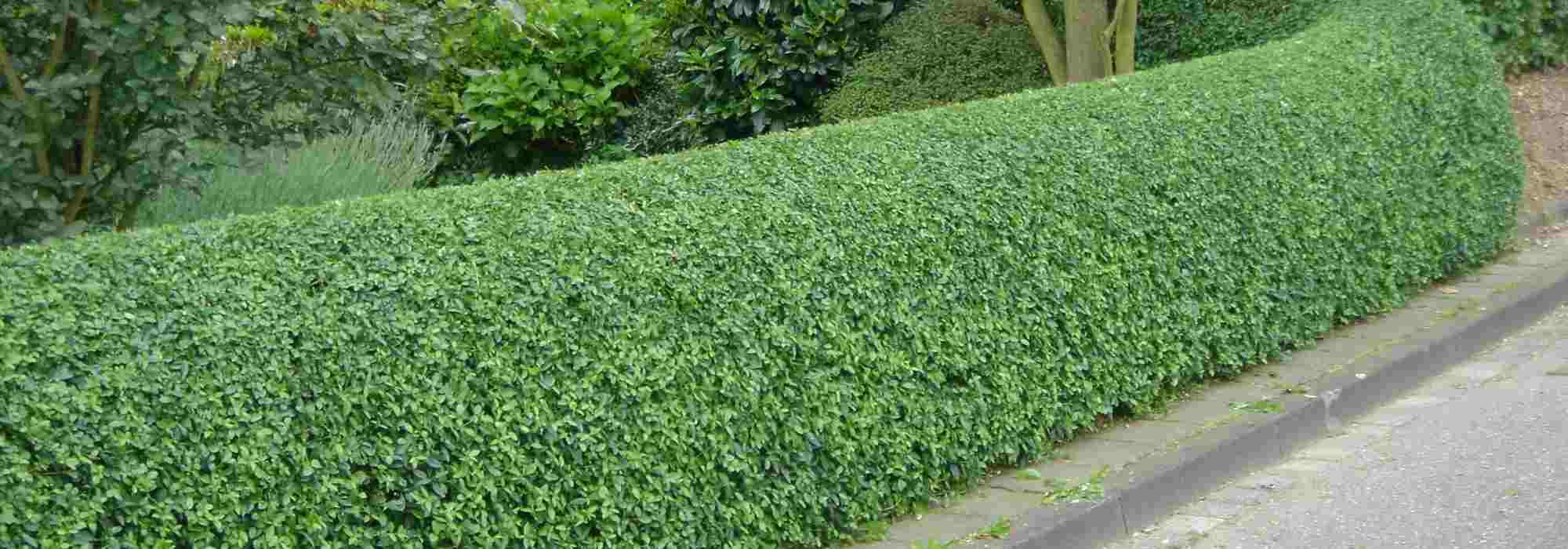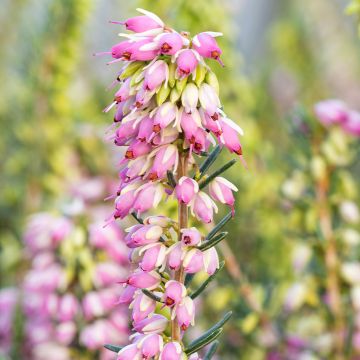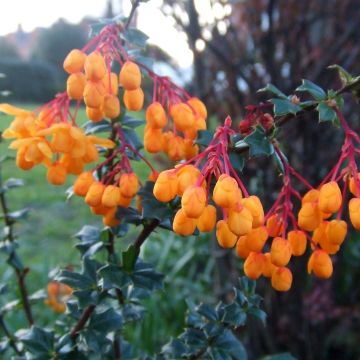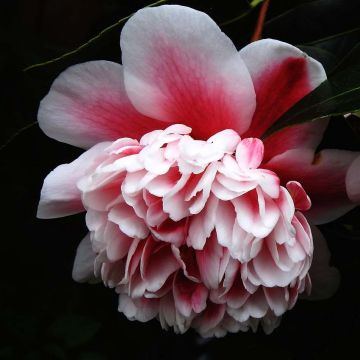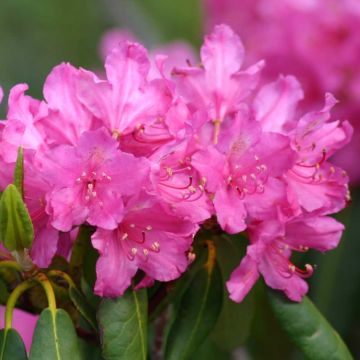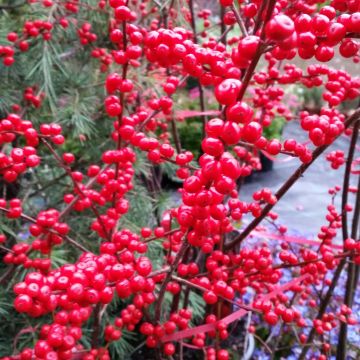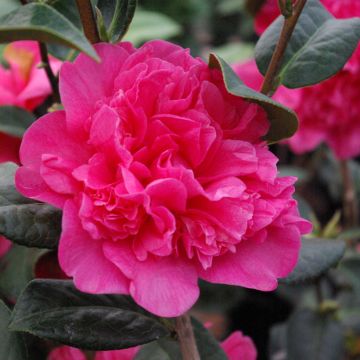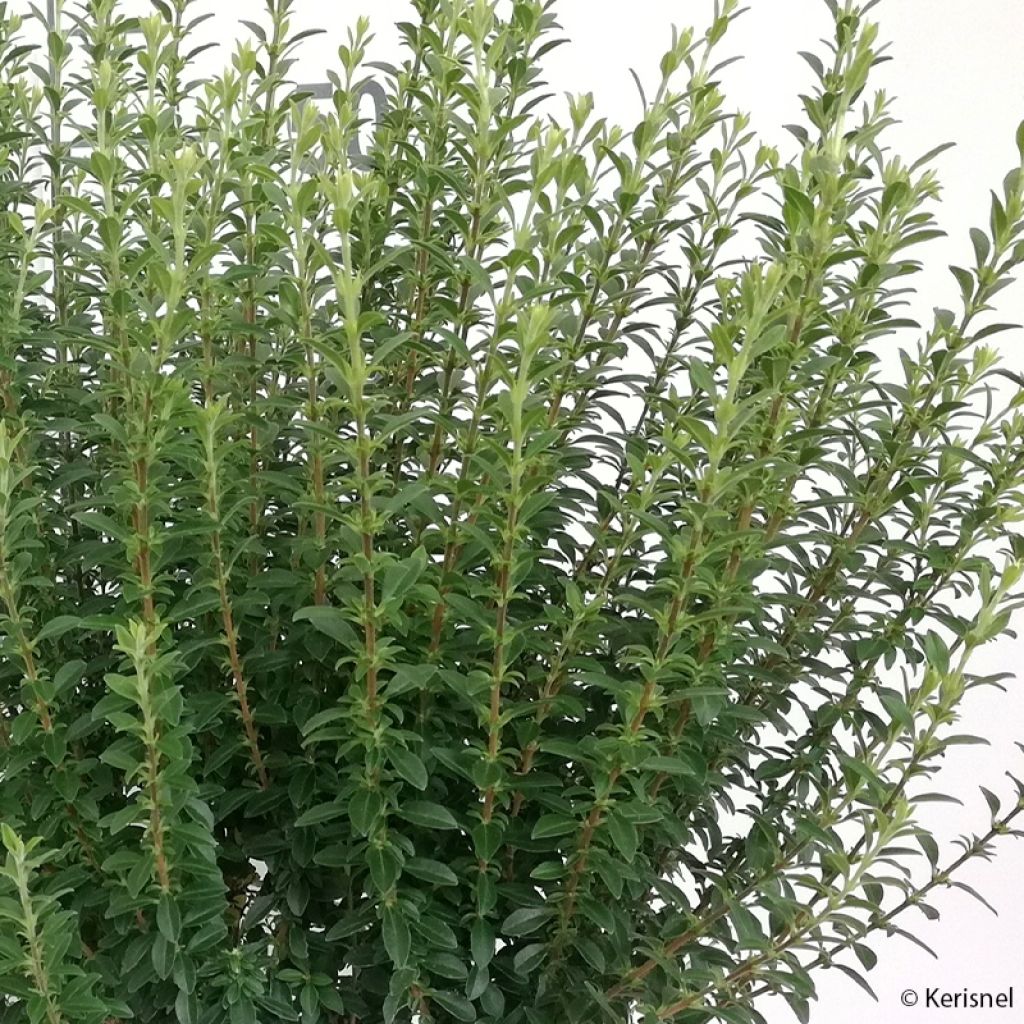

Troène de Chine - Ligustrum sinense Eugene Clive
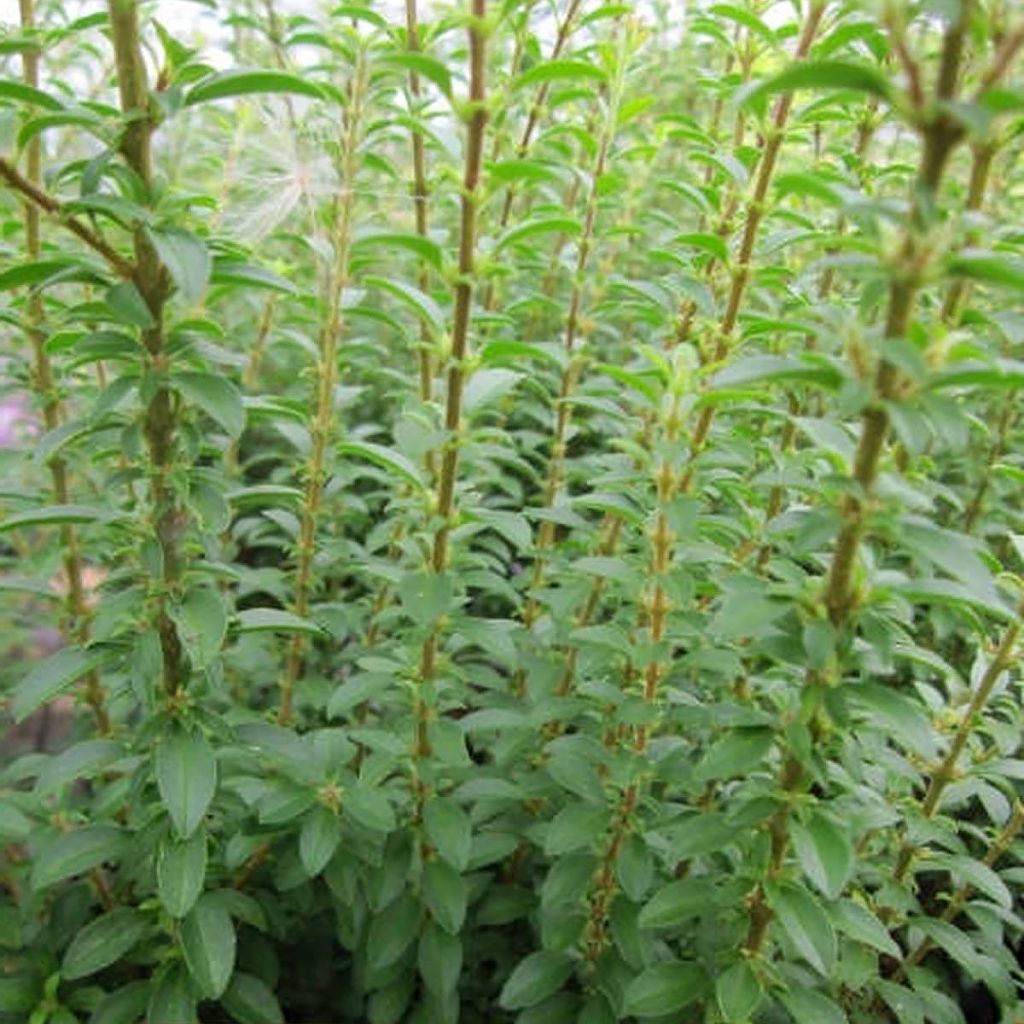

Troène de Chine - Ligustrum sinense Eugene Clive
Ligustrum sinense Eugene Clive - Chinese Privet
Ligustrum sinense Eugene Clive
Chinese Privet
Special offer!
Receive a €20 voucher for any order over €90 (excluding delivery costs, credit notes, and plastic-free options)!
1- Add your favorite plants to your cart.
2- Once you have reached €90, confirm your order (you can even choose the delivery date!).
3- As soon as your order is shipped, you will receive an email containing your voucher code, valid for 3 months (90 days).
Your voucher is unique and can only be used once, for any order with a minimum value of €20, excluding delivery costs.
Can be combined with other current offers, non-divisible and non-refundable.
Why not try an alternative variety in stock?
View all →This plant carries a 24 months recovery warranty
More information
We guarantee the quality of our plants for a full growing cycle, and will replace at our expense any plant that fails to recover under normal climatic and planting conditions.
Does this plant fit my garden?
Set up your Plantfit profile →
Description
Ligustrum sinense 'Eugene Clive' is a variety of Chinese privet selected for its very compact habit, perfectly suited to small spaces and topiary art. With its dense evergreen foliage, it is perfect for creating a low hedge. In regions that are not too cold, it will be an interesting alternative to boxwood, including in coastal gardens. In addition to its unique appearance, this small Chinese privet offers charming summer flowering and small blue-black berries that persist long into winter. It can be planted it in a container, protecting it from heavy frost in winter.
Ligustrum sinense 'Eugene Clive' belongs to the Oleaceae family, just like lilacs and forsythia. Its ancestor is native to the warm temperate and subtropical regions of Southeast Asia and the Far East (China, Vietnam, Laos). It is a small bushy shrub, which is pleasantly tousled. It often grows in clumps, meaning that several stems originate directly from the stump. It has a fairly rapid growth rate, reaching about 1.5m (5ft) in height and 1m (3ft) in width if not pruned.
The branches of 'Eugene Clive' bear small coriaceous, opposite, entire, ovate and pointed leaves, thick and shiny on the upper side, measuring 1 to 3cm (1in) in length and 1 to 2cm (1in) in width. They persist in mild climates during winter. Flowering occurs in July or earlier, depending on the region. At the ends of the current year's shoots, panicles composed of tiny white-cream flowers appear, whose scent may not be pleasant to some humans, but attracts many pollinating insects. They give way to small deep blue-black berries, provided no pruning is done after flowering. Note that all parts of the privet are toxic to humans if ingested. Moderately hardy, this Chinese privet once established can withstand short frosts of around -10°C (14°F). It adapts to a wide range of sufficiently deep soils and tolerates summer drought relatively well.
Privet hides a treasure among the approximately 50 species that make up the genus. 'Eugene Clive' Chinese privet is easy to grow, and valued for adding a precise, orderly, reassuring note to the structure of the garden or terrace. It will capture attention for a good part of the year with its beautiful foliage, buzzing bee-filled flowering, and clustered fruits. It can be used for large borders and dense hedges, with Lonicera nitida for example, but can also be left to grow freely in a shrub bed with deutzias, dwarf barberries, Japanese spireas, and Mexican orange bushes, for example.
Ligustrum sinense Eugene Clive - Chinese Privet in pictures
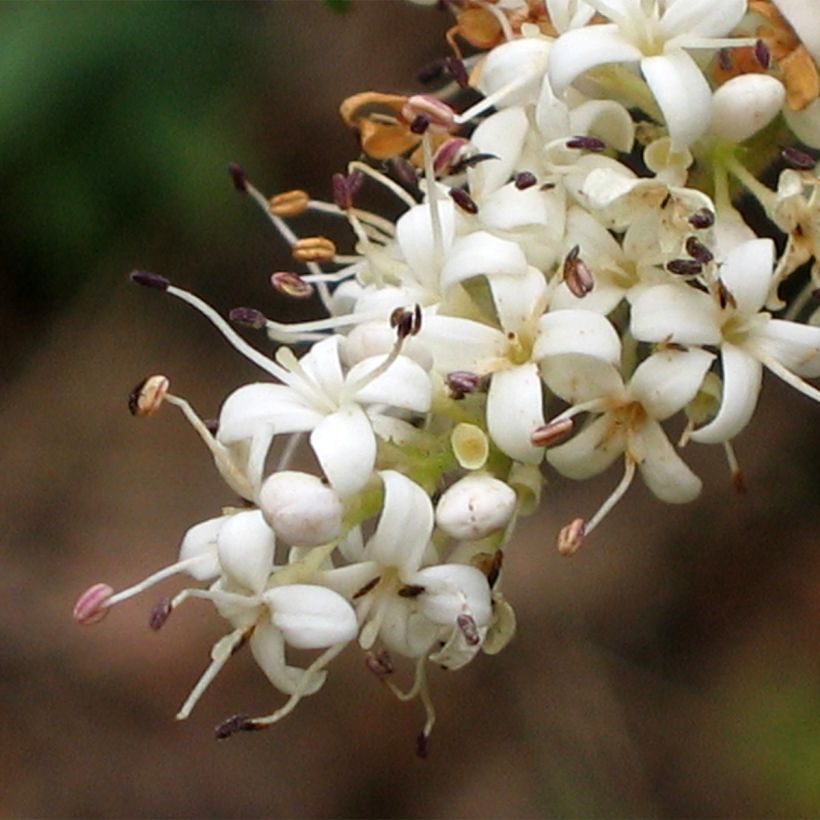



Plant habit
Flowering
Foliage
Botanical data
Ligustrum
sinense
Eugene Clive
Oleaceae
Chinese Privet
Cultivar or hybrid
Other Ligustrum - Privet
View all →Planting and care
Plant in spring in cold regions or in autumn in mild climates, with a spacing of 70cm (28in) to compose a hedge. Choose a sunny to semi-shady exposure, even shady in hot and dry climates. Dig a hole over twice the size of the pot, loosen the bottom, and add a large handful of horticultural compost or mix slow-release fertiliser with loose soil. The roots of this privet can rot in winter in soil that is too wet and poorly drained. Water well, especially in the first summers, mulch the soil to retain moisture, and prune the branches by half to stimulate new shoots. Once established, this bush does not require watering in summer if it is planted in sufficiently deep soil that retains some moisture. The hardiness of a mature specimen is around -10°C (14°F) for a short period. This privet tolerates sea spray well.
Pruning is not essential in an informal hedge, as it will compromise flowering or fruiting if done at the wrong time. In a formal hedge, however, shorten the new shoots by half each year to promote branching of your plant. Do this after flowering so that the new shoots hide the unsightly leaves cut in half by the hedge trimmer. You can also shape this bush like a boxwood by pruning it twice a year. Privets are fairly resistant to pests and diseases. However, they can be affected by weevil larvae or caterpillars.
Planting period
Intended location
Care
Planting & care advice
This item has not been reviewed yet - be the first to leave a review about it.
Similar products
Haven't found what you were looking for?
Hardiness is the lowest winter temperature a plant can endure without suffering serious damage or even dying. However, hardiness is affected by location (a sheltered area, such as a patio), protection (winter cover) and soil type (hardiness is improved by well-drained soil).

Photo Sharing Terms & Conditions
In order to encourage gardeners to interact and share their experiences, Promesse de fleurs offers various media enabling content to be uploaded onto its Site - in particular via the ‘Photo sharing’ module.
The User agrees to refrain from:
- Posting any content that is illegal, prejudicial, insulting, racist, inciteful to hatred, revisionist, contrary to public decency, that infringes on privacy or on the privacy rights of third parties, in particular the publicity rights of persons and goods, intellectual property rights, or the right to privacy.
- Submitting content on behalf of a third party;
- Impersonate the identity of a third party and/or publish any personal information about a third party;
In general, the User undertakes to refrain from any unethical behaviour.
All Content (in particular text, comments, files, images, photos, videos, creative works, etc.), which may be subject to property or intellectual property rights, image or other private rights, shall remain the property of the User, subject to the limited rights granted by the terms of the licence granted by Promesse de fleurs as stated below. Users are at liberty to publish or not to publish such Content on the Site, notably via the ‘Photo Sharing’ facility, and accept that this Content shall be made public and freely accessible, notably on the Internet.
Users further acknowledge, undertake to have ,and guarantee that they hold all necessary rights and permissions to publish such material on the Site, in particular with regard to the legislation in force pertaining to any privacy, property, intellectual property, image, or contractual rights, or rights of any other nature. By publishing such Content on the Site, Users acknowledge accepting full liability as publishers of the Content within the meaning of the law, and grant Promesse de fleurs, free of charge, an inclusive, worldwide licence for the said Content for the entire duration of its publication, including all reproduction, representation, up/downloading, displaying, performing, transmission, and storage rights.
Users also grant permission for their name to be linked to the Content and accept that this link may not always be made available.
By engaging in posting material, Users consent to their Content becoming automatically accessible on the Internet, in particular on other sites and/or blogs and/or web pages of the Promesse de fleurs site, including in particular social pages and the Promesse de fleurs catalogue.
Users may secure the removal of entrusted content free of charge by issuing a simple request via our contact form.
The flowering period indicated on our website applies to countries and regions located in USDA zone 8 (France, the United Kingdom, Ireland, the Netherlands, etc.)
It will vary according to where you live:
- In zones 9 to 10 (Italy, Spain, Greece, etc.), flowering will occur about 2 to 4 weeks earlier.
- In zones 6 to 7 (Germany, Poland, Slovenia, and lower mountainous regions), flowering will be delayed by 2 to 3 weeks.
- In zone 5 (Central Europe, Scandinavia), blooming will be delayed by 3 to 5 weeks.
In temperate climates, pruning of spring-flowering shrubs (forsythia, spireas, etc.) should be done just after flowering.
Pruning of summer-flowering shrubs (Indian Lilac, Perovskia, etc.) can be done in winter or spring.
In cold regions as well as with frost-sensitive plants, avoid pruning too early when severe frosts may still occur.
The planting period indicated on our website applies to countries and regions located in USDA zone 8 (France, United Kingdom, Ireland, Netherlands).
It will vary according to where you live:
- In Mediterranean zones (Marseille, Madrid, Milan, etc.), autumn and winter are the best planting periods.
- In continental zones (Strasbourg, Munich, Vienna, etc.), delay planting by 2 to 3 weeks in spring and bring it forward by 2 to 4 weeks in autumn.
- In mountainous regions (the Alps, Pyrenees, Carpathians, etc.), it is best to plant in late spring (May-June) or late summer (August-September).
The harvesting period indicated on our website applies to countries and regions in USDA zone 8 (France, England, Ireland, the Netherlands).
In colder areas (Scandinavia, Poland, Austria...) fruit and vegetable harvests are likely to be delayed by 3-4 weeks.
In warmer areas (Italy, Spain, Greece, etc.), harvesting will probably take place earlier, depending on weather conditions.
The sowing periods indicated on our website apply to countries and regions within USDA Zone 8 (France, UK, Ireland, Netherlands).
In colder areas (Scandinavia, Poland, Austria...), delay any outdoor sowing by 3-4 weeks, or sow under glass.
In warmer climes (Italy, Spain, Greece, etc.), bring outdoor sowing forward by a few weeks.































